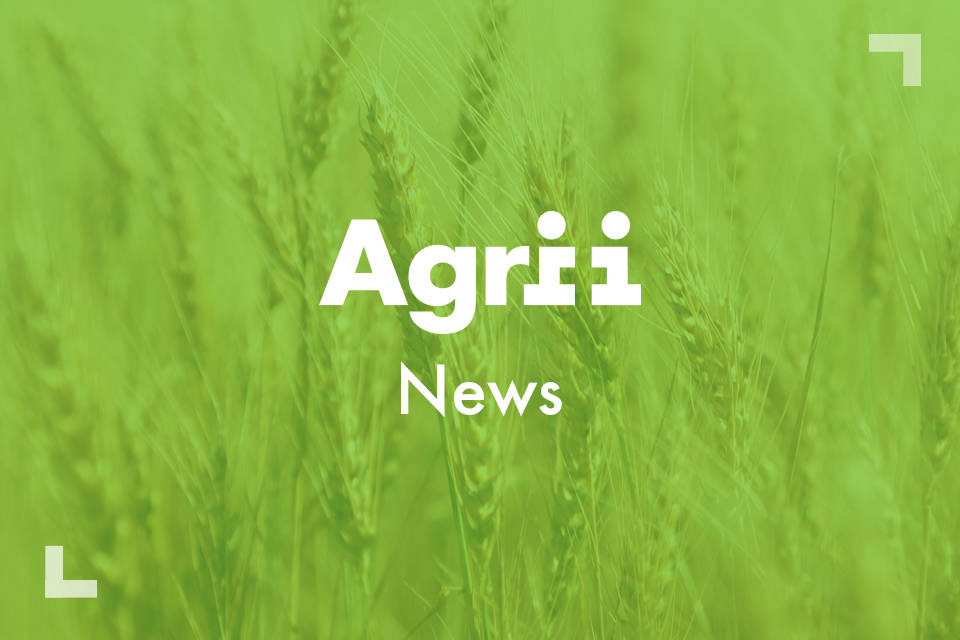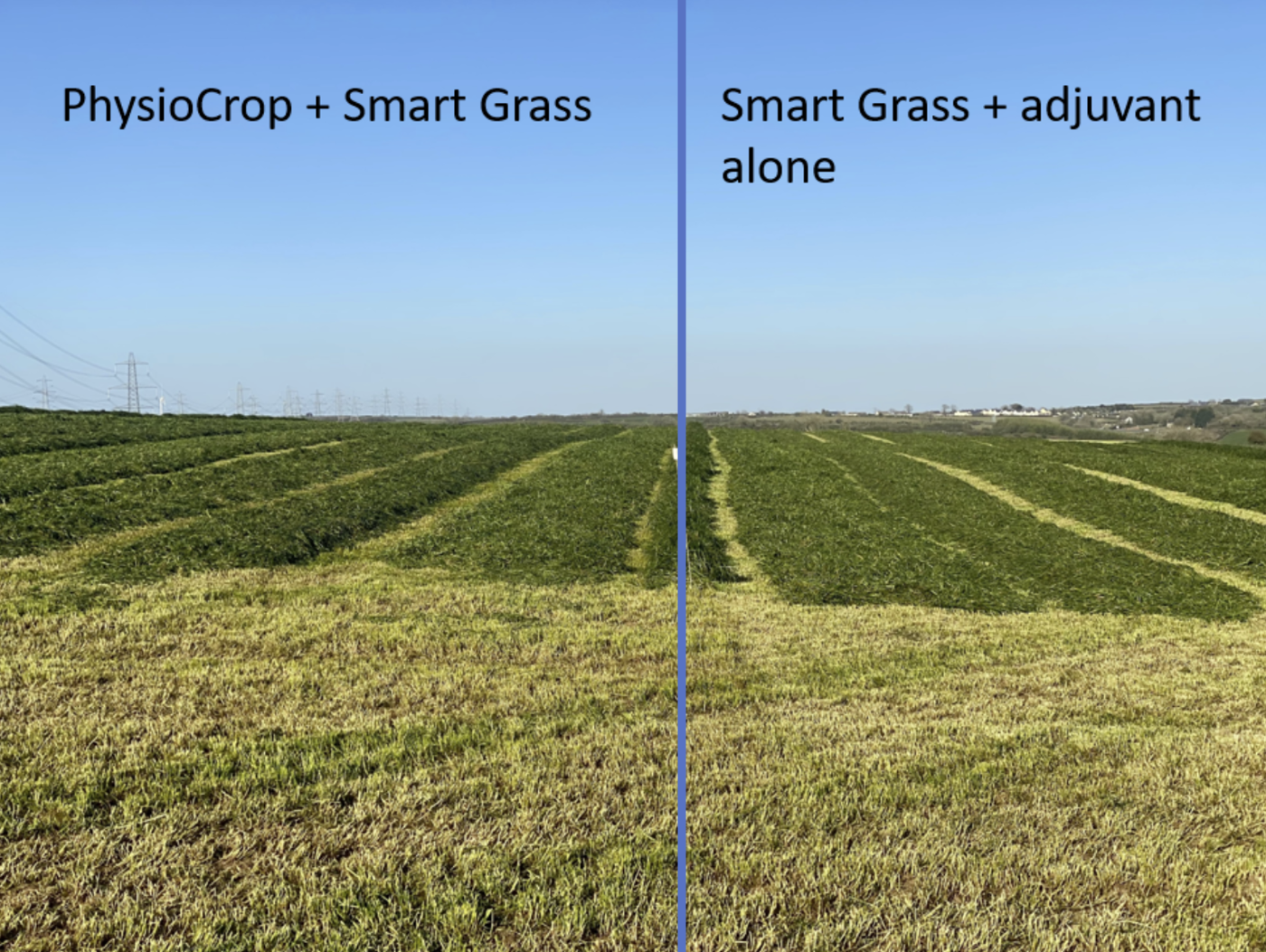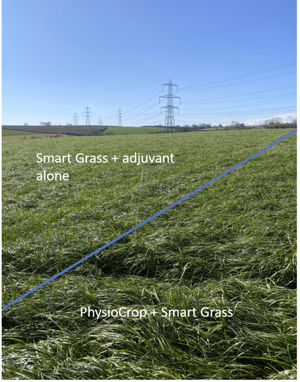
Why a biostimulant might help mitigate future slower grass growth this summer
News - 20.05.21
Grassland managers and livestock farmers facing grazing deficits following a cold and dry spring could consider using an amino acid-based biostimulant to help increase grass growth.
While average grass growth rates climbed by 6.4kg dry matter/ha/day to 40.6kg DM/ha/day by the second week of May, according to Grasscheck GB, that was still significantly below the 60.3 kg DM/ha/day average from the previous two seasons. At that point total grass yields were just 71% of the previous two seasons average yield of 2.28t DM/ha from the same period.
That means boosting grass growth rates, and as importantly mitigating against further periods of stress caused by dry weather could be valuable in the next month, suggests Ben Lowe, Agrii’s national forage product manager.
“The weather we’ve had has stagnated the progression of first cuts, multi-cut silage systems and regrowth in grazing rotations – it’s what we can do to help shoulder any future stress points,” he says.
Initial trials with biostimulants, such as the plant-based amino acid containing PhysioCrop, suggest they could play a role in reducing stress, particularly drought, by helping encourage plants to produce increased quantities of photosynthetic pigments, such as chlorophyll and carotenoids. These reduce stress in the plant and promote growth, Mr Lowe says.
Replicated trials were carried out at one of Agrii’s Green Horizon network farms in Ludchurch, Pembrokeshire this spring. Green Horizons is a five-point plan to help farmers prepare for the challenges of tomorrow, while ensuring agriculture remains sustainable and profitable.
One of the core Green Horizons objectives is to investigate integrated whole farm solutions, including biosolutions such as PhysioCrop, says Mr Lowe.
In these trials applying PhysioCrop with the growth promoting gibberellic acid-containing product SmartGrass produced an extra 2,350 kg/ha of first cut grass compared with the control on a new cut Master Ley sown last August highlighting how biostimulants can be a benefit in higher stress conditions, says Dai Llewellyn, the Agrii agronomist in charge of the trials.

Where SmartGrass was used alone without the PhysioCrop the improvement in grass yield over the control was around 1,000kg/ha, he adds. SmartGrass can only be used once in a season and not after 30 April.
The harvested plots measuring 150m by 23m, and repeated four times in the field, were weighed over a weighbridge.
“In a very cold dry spring we have seen the benefits of adding SmartGrass to grass to increase yield. The addition of PhysioCrop also made a big difference, which was not a surprise after a small trial with another biostimulant last year also showed improved yields in dry stressful conditions.
“Over half of the yield increase came from the use of the biostimulant so I think any time it’s dry in the summer, and you can get it on before, I think you would see a response,” says Mr Llewellyn.
Responses are likely to be greatest in intensively managed leys, he adds. A similar trial on the farm in a five-years old Wynnstay imperial ley showed a similar yield response to SmartGrass with a smaller uplift from the PhysioCrop.
The two trials also highlighted the difference in total grass production between new and older leys, he says. “Our new leys compared with the older ones on the farm are producing nearly 50% more grass.”
Reseeding could be worth grassland managers considering for future seasons to help mitigate against forage shortages, given the cooler and / or drier springs we seem to be having, says Mr Lowe.
“There’s also the potential to adapt ley mixture choices to the soil and field conditions. For example, if you know an area always suffers in drought conditions, perhaps consider seeding that part of the field with a festolium species mix, which with its deeper rooting can handle stress better.”
Agrii is currently developing its RHIZA digital platform to help grassland managers map the potential of different areas of grass using satellite imagery and make decision-making easier.

Join Our Community

Agrii X
We love engaging with clients and partners. Give us a follow and let's share stories for the community.

Agrii Instagram
A picture paints a thousand words. Follow us on Instagram to see what we are up to.

Agrii Facebook
Follow us on the worlds biggest social media site for the latest news and events straight to your feed.

Agrii LinkedIn
If you are all about the business, connect with us on LinkedIn to build your network
Stay In Touch

Journal Sign-Up
Receive email updates on topical news and information from around Agrii and UK Farming.

Listen To Our Podcasts
Listen to the Tramlines Podcast. Fortnightly chat about agriculture and trials with your host Tony Smith.

Agrii Insights
Read essential agri intelligence for profitable farming.

Find an Event
Join us for our upcoming events and tours.



